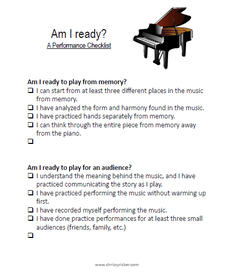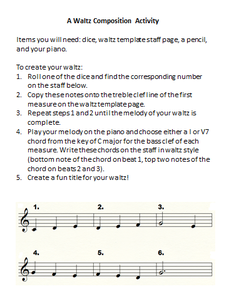This year, Carnaval is taking place through Wednesday, and I'd like to share my own piece inspired by the excitement of this festival! "Carnaval" is a piece for piano duet featuring Latin rhythms and percussive use of the piano.
Click HERE to see and purchase the sheet music for this piece!



 RSS Feed
RSS Feed